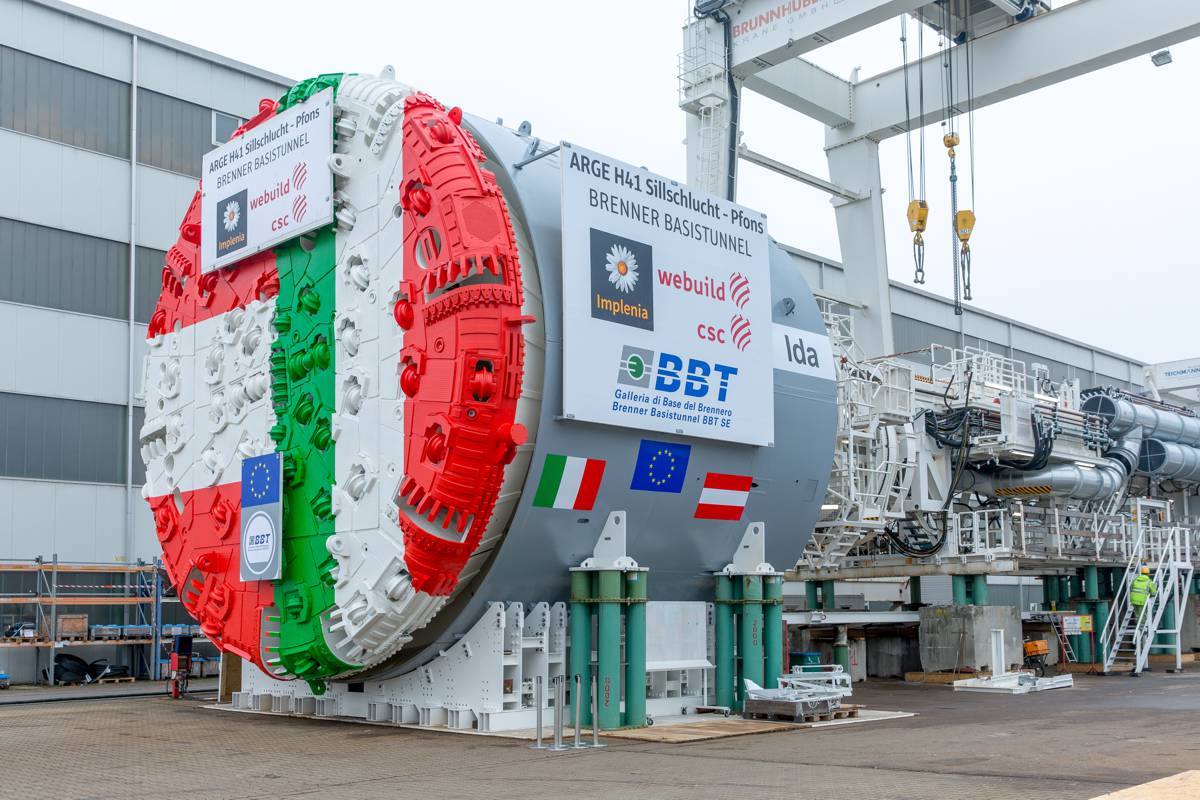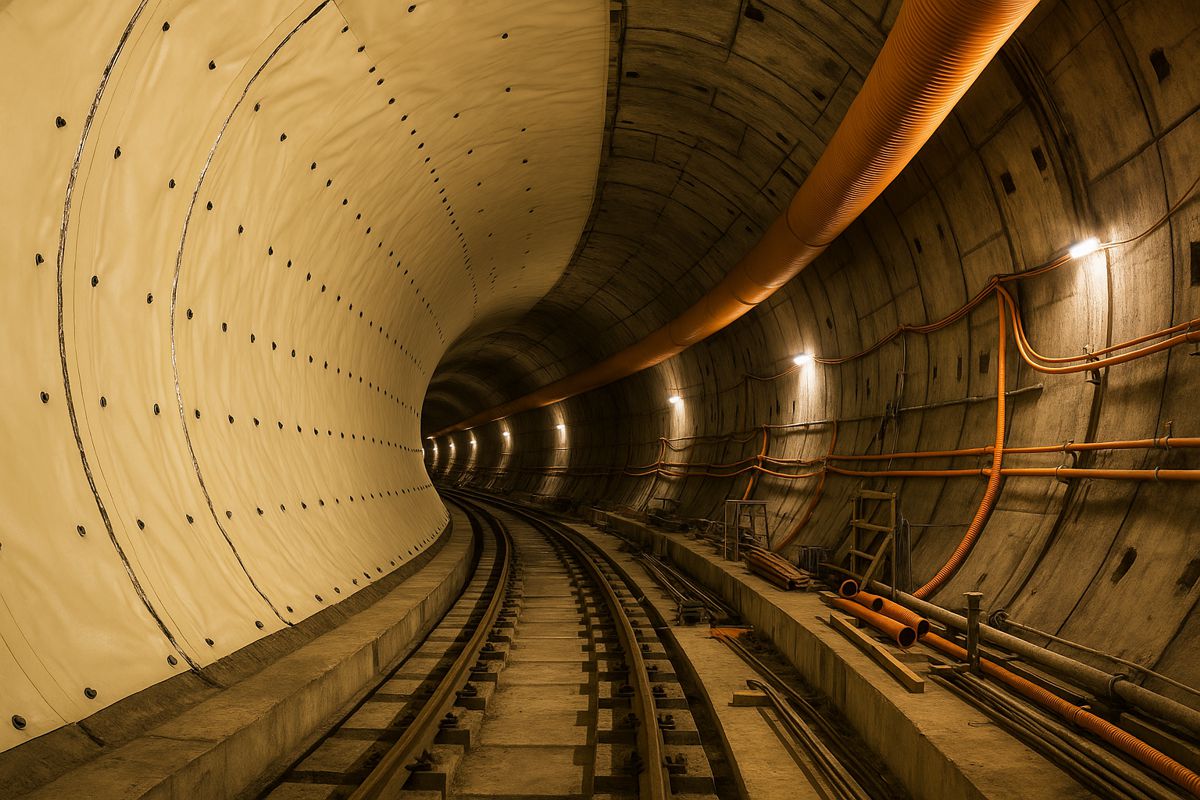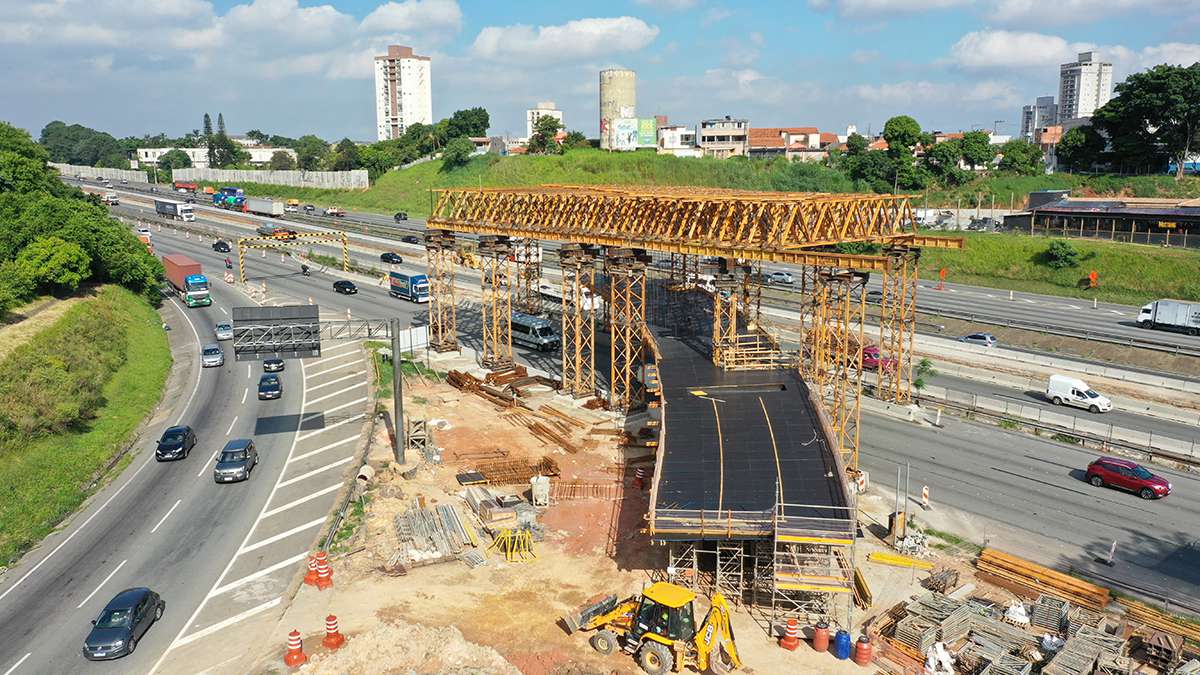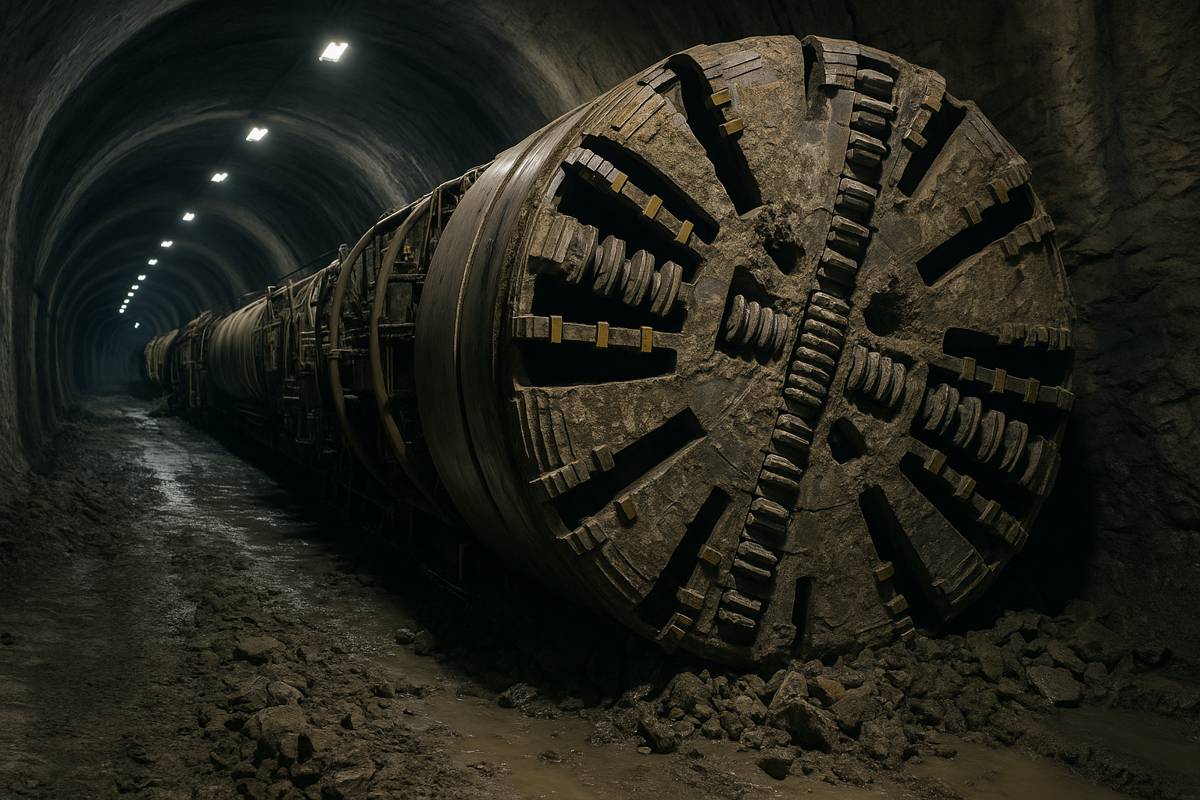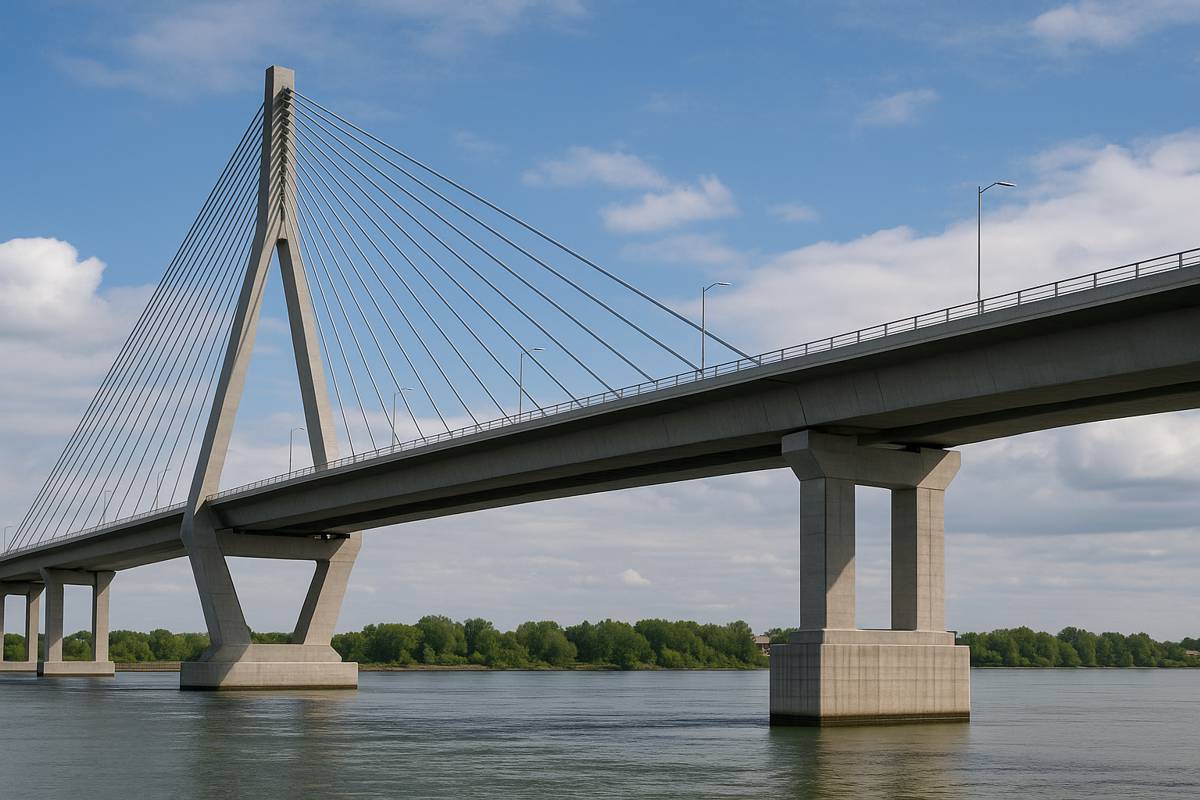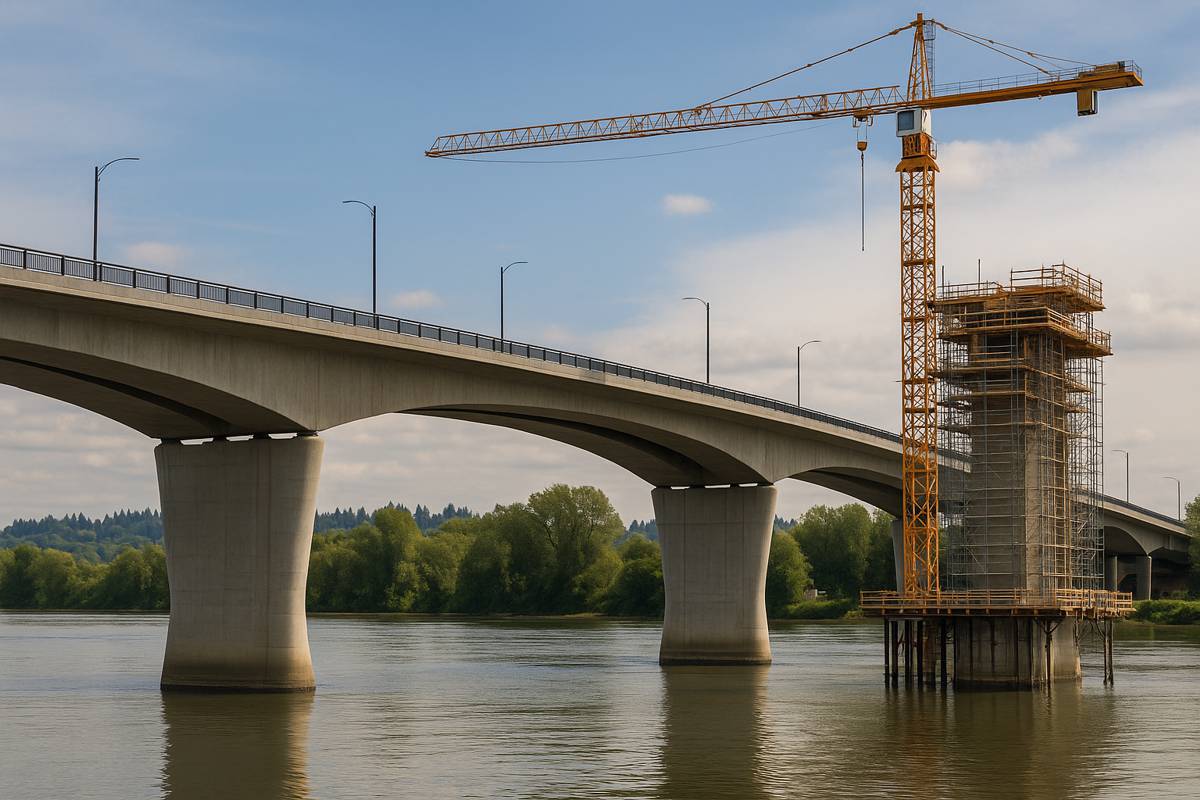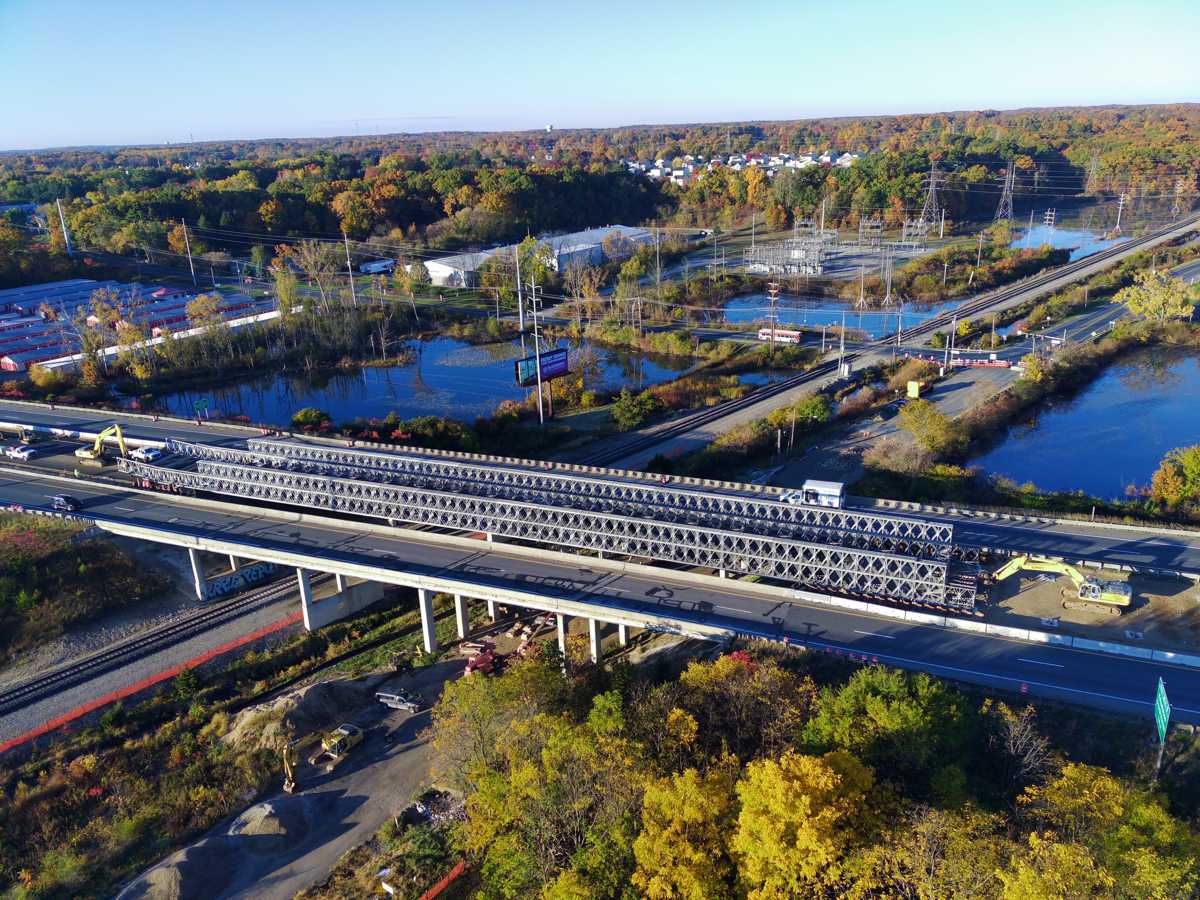Efficiency and reduced risk using TLG1000 for inaugural bridge installation in Argentina
ALE has demonstrated the TLG1000’s ability to perform high capacity lifts safely and securely during the installation of an elevated viaduct in Argentina.
ALE was tasked with installing 538 concrete girders, weighing 230t each, over the San Martin railway in Buenos Aires.
534 are being installed using a girder launcher. However, the space between two of the piles is larger than the typical spans the girder launcher can reach, so ALE had to find an alternative lifting method. As a result, The TLG1000 has been used for four of the girders.
The new hydraulic gantry system, with 1,000t capacity and stability from its base, was the ideal solution as it had the capacity to lift up the bridge sections and drive them into position safely.
One of the other challenges was that an underground gas pipe was located beneath and ALE needed to find a lifting solution that avoided this. Despite a high capacity crawler crane being the easiest option to install the girder sections, it was not feasible to lift because of the high ground bearing pressures that risked breaking the pipeline.

The optimum solution was the TLG1000 gantry system which can spread the load better and more evenly to overcome this. The TLG1000’s monitoring systems also provided data on the ground settlements to give the client assurance that this did not impact on the gas pipe underground.
The new viaduct, measuring over 5km long, is located over the San Martin railway line, connecting the Palermo to La Paternal neighbourhoods of Buenos Aires.
Juan Manuel Hinojosa, Project Manager, said: “It is fantastic to see the TLG1000 in operation for the first time and deployed to overcome the challenges of the underground pipeline by spreading the load. By having this innovative fleet of lifting equipment, we could find not only the ideal solution to complete the job, but a solution that also ensured stability and safety.”
ALE has 480 girder sections left to install and is expected to complete in April 2019.












